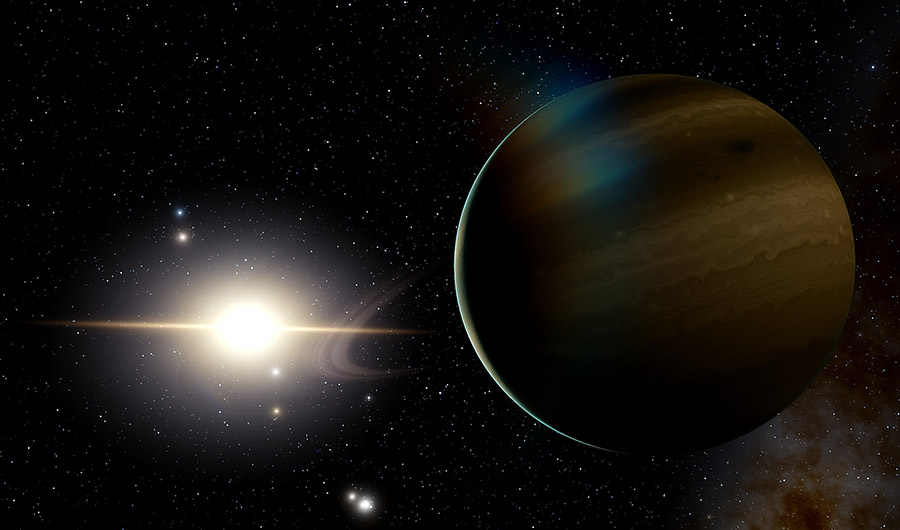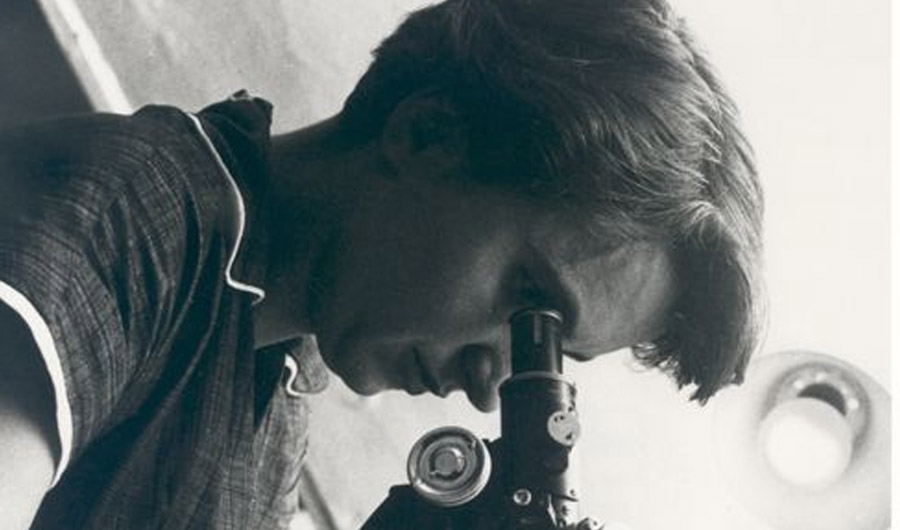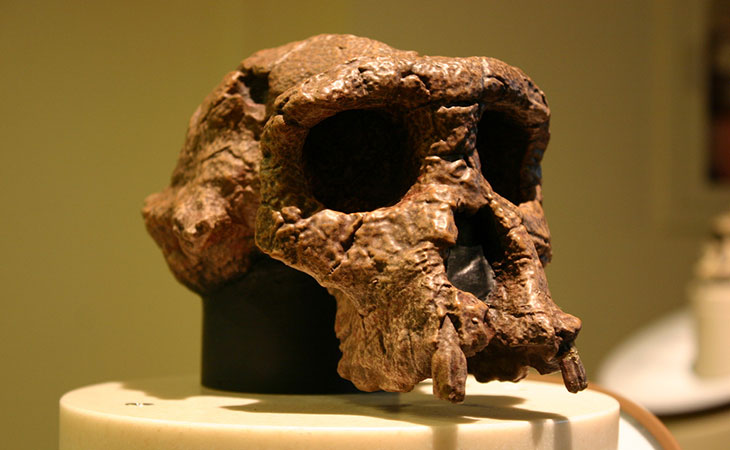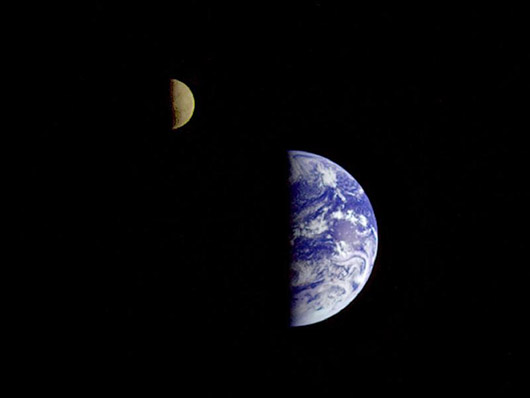 Are Missing Fingers In Gargas Cave Paintings The First Known Sign Language?
Are Missing Fingers In Gargas Cave Paintings The First Known Sign Language?(Inside Science) -- Tens of thousands of years ago in what is now Europe, people held their hands...
 How To Speak Cicada
How To Speak Cicada(Inside Science) -- When you first hear it, a cicada chorus may sound like simple buzzing. But...
 Discovered: WD 1586 B, A Planet That Survived The Death Of Its Star
Discovered: WD 1586 B, A Planet That Survived The Death Of Its Star(Inside Science) -- For the first time, an intact world may have been discovered around a white...
 Rosalind Franklin’s Numerical Data Went Farther Than One Double Helix Picture
Rosalind Franklin’s Numerical Data Went Farther Than One Double Helix Picture By Catherine Meyers, Inside Science (Inside Science) -- If you’ve heard the name Rosalind...






 By Vikram Jandhyala&Nitin Baliga,
By Vikram Jandhyala&Nitin Baliga, 


 By Gabriel Popkin,
By Gabriel Popkin, 



